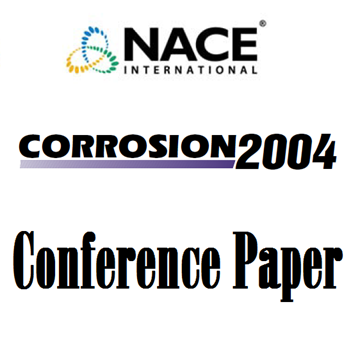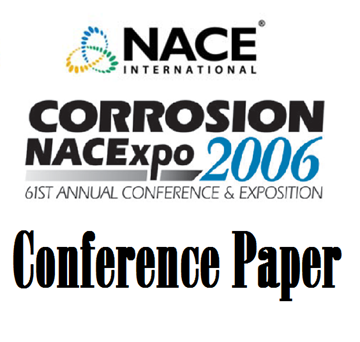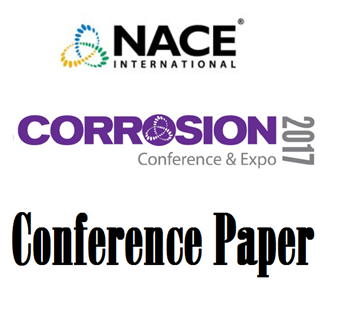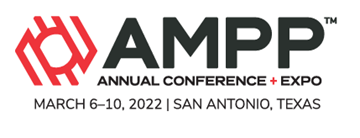Search
Products tagged with 'corrosion rates'
View as
Sort by
Display
per page
04298 Corrosion Evaluation of a High Performance Cu-Based Alloy for Seawater Applications
Product Number:
51300-04298-SG
ISBN:
04298 2004 CP
Publication Date:
2004
$20.00
06163 CATHODIC PROTECTION OF PIPELINES IN HIGH RESISTIVITY SOILS AND THE EFFECT OF SEASONAL CHANGES
Product Number:
51300-06163-SG
ISBN:
06163 2006 CP
Publication Date:
2006
$20.00
06588 CORROSION RATES OF CARBON STEEL In HF ALKYLATION SERVICE
Product Number:
51300-06588-SG
ISBN:
06588 2006 CP
Publication Date:
2006
$20.00
51317--9650-Effect of Biocides and Corrosion Inhibitors On SRB-Mediated MIC Under Flow Conditions
Product Number:
51317--9650-SG
ISBN:
9650 2017 CP
Publication Date:
2017
$20.00
51318-11015-Corrosion of 13Cr Steel at the Cement/Casing Interface in CO2/H2S Environments at 4 85 and 200 °C
Product Number:
51318-11015-SG
Publication Date:
2018
$20.00
A Parametric Evaluation of Well Construction Corrosion-Resistant Alloys for Geological Carbon Sequestration
Product Number:
51324-20582-SG
Publication Date:
2024
$40.00
Development of Test Sites in Alaska to Study Atmospheric Corrosion Using Adjustable Test Racks
Product Number:
51324-21000-SG
Publication Date:
2024
$40.00
Offshore Marine Corrosion Rates - A Case Study
Product Number:
51322-17977-SG
Publication Date:
2022
$20.00
Water Treatment Dosage Control and Relationship to Performance
Product Number:
51395-95260-SG
Publication Date:
1995
$20.00









